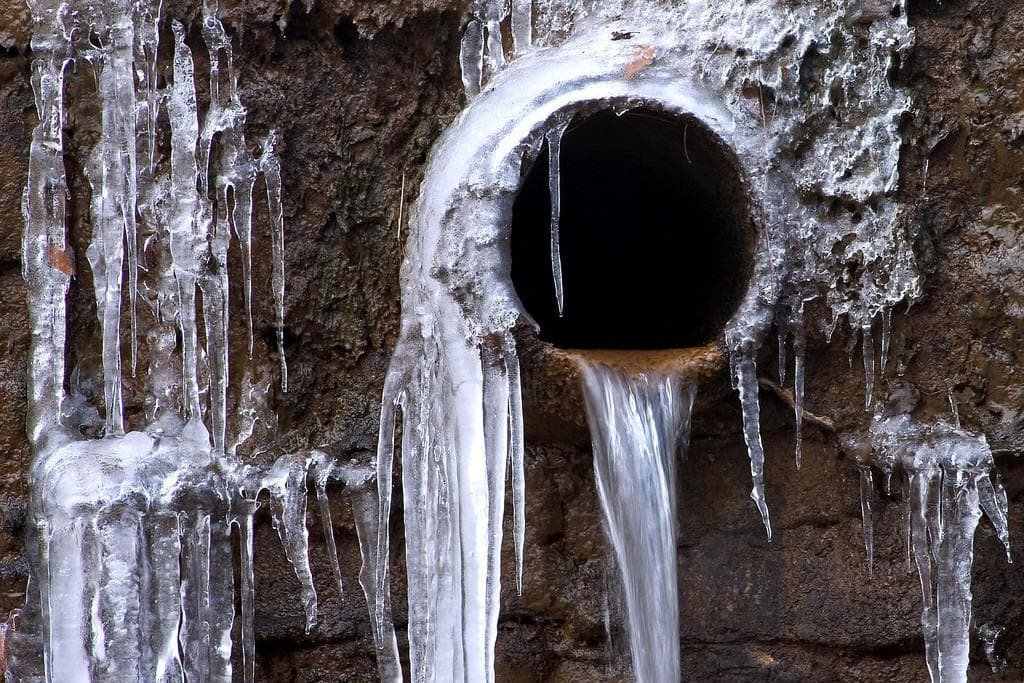Ways to Maintain Pipes from Freezing Damage: Important Guidance
Ways to Maintain Pipes from Freezing Damage: Important Guidance
Blog Article
We've come across this great article on Winter Plumbing Precautions: Preventing Frozen Pipes listed below on the net and thought it made sense to write about it with you on my blog.

Cold weather can wreak havoc on your pipes, particularly by freezing pipes. Right here's just how to stop it from taking place and what to do if it does.
Intro
As temperatures decrease, the threat of frozen pipes increases, possibly bring about expensive repair work and water damage. Comprehending exactly how to stop frozen pipes is essential for home owners in cold climates.
Recognizing Frozen Pipelines
What causes pipes to freeze?
Pipes freeze when subjected to temperatures listed below 32 ° F (0 ° C) for prolonged periods. As water inside the pipelines freezes, it increases, taxing the pipeline wall surfaces and possibly creating them to burst.
Threats and problems
Frozen pipes can lead to water supply interruptions, property damages, and pricey repairs. Burst pipelines can flood homes and create comprehensive structural damages.
Indications of Frozen Piping
Identifying icy pipelines early can avoid them from bursting.
How to determine icy pipes
Search for lowered water flow from taps, unusual smells or noises from pipes, and visible frost on subjected pipelines.
Avoidance Tips
Shielding prone pipes
Cover pipes in insulation sleeves or utilize warmth tape to safeguard them from freezing temperature levels. Concentrate on pipes in unheated or external areas of the home.
Home heating techniques
Maintain indoor areas properly warmed, specifically locations with pipes. Open cabinet doors to allow cozy air to flow around pipes under sinks.
Safeguarding Outdoor Plumbing
Yard tubes and exterior faucets
Detach and drain garden pipes prior to winter season. Set up frost-proof spigots or cover outside faucets with protected caps.
What to Do If Your Pipes Freeze
Immediate actions to take
If you believe icy pipes, maintain faucets open up to ease pressure as the ice thaws. Utilize a hairdryer or towels soaked in warm water to thaw pipes gradually.
Long-Term Solutions
Architectural modifications
Think about rerouting pipelines away from outside wall surfaces or unheated areas. Include extra insulation to attics, basements, and crawl spaces.
Updating insulation
Invest in high-quality insulation for pipes, attic rooms, and walls. Correct insulation assists keep regular temperature levels and reduces the danger of icy pipes.
Final thought
Stopping frozen pipelines needs positive steps and fast reactions. By understanding the reasons, indications, and safety nets, homeowners can shield their pipes throughout cold weather.
5 Ways to Prevent Frozen Pipes
Drain Outdoor Faucets and Disconnect Hoses
First, close the shut-off valve that controls the flow of water in the pipe to your outdoor faucet. Then, head outside to disconnect and drain your hose and open the outdoor faucet to allow the water to completely drain out of the line. Turn off the faucet when done. Finally, head back to the shut-off valve and drain the remaining water inside the pipe into a bucket or container. Additionally, if you have a home irrigation system, you should consider hiring an expert to clear the system of water each year.
Insulate Pipes
One of the best and most cost-effective methods for preventing frozen water pipes is to wrap your pipes with insulation. This is especially important for areas in your home that aren’t exposed to heat, such as an attic. We suggest using foam sleeves, which can typically be found at your local hardware store.
Keep Heat Running at 65
Your pipes are located inside your walls, and the temperature there is much colder than the rest of the house. To prevent your pipes from freezing, The Insurance Information Institute suggests that you keep your home heated to at least 65 degrees, even when traveling. You may want to invest in smart devices that can keep an eye on the temperature in your home while you’re away.
Leave Water Dripping
Moving water — even a small trickle — can prevent ice from forming inside your pipes. When freezing temps are imminent, start a drip of water from all faucets that serve exposed pipes. Leaving a few faucets running will also help relieve pressure inside the pipes and help prevent a rupture if the water inside freezes.
Open Cupboard Doors
Warm your kitchen and bathroom pipes by opening cupboards and vanities. You should also leave your interior doors ajar to help warm air circulate evenly throughout your home.

Do you really like reading about Helpful Tips to Prevent Frozen Pipes this Winter? Give feedback directly below. We will be glad to find out your opinion about this blog posting. We are looking forward that you come back again in the near future. Liked our posting? Please quickly share it. Let others find it. Thank you for being here. Kindly check our website back soon.
Schedule Your Job Now Report this page